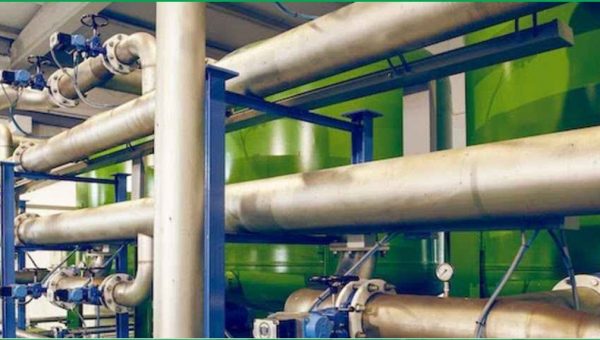After secondary refining what we do with the liquid steel. As we know that we have already made the casting so whatever processes we have to use for making clean steel requires control over all these undesirable elements. We have control the dissolve oxygen, control sulphur, nitrogen, hydrogen, carbon if it is a necessity we have to control phosphorus in primary steelmaking stage. Now you do not want this good steel which is relatively clean steel after secondary refining, to get contaminated again during the next casting stage. I will just first discuss with how the continuous casting takes place. In the process we have done all the refining in ladle so the liquid steel which is relatively clean is in ladle, so this from ladle liquid steel now has to be poured to tundish which is intermediate. This is a sort of buffer container which maintains liquid steel during casting. The ladle liquid is poured from this tundish into the mold of the caster, so first the ladle has to be fixed and then from ladle liquid steel comes down to the tundish and from tundish it come comes down to the mold for continuous feeding in to the caster. Now there are some steps which we have to take to clean the steel and that should not be waste that means we have to be careful that whatever cleanliness level we have achieved it should not increase or decreases that means all the elements particularly oxygen nitrogen which exist in the air , and has possibilities taking of oxygen that means reoxidation and picking up of nitrogen from air that means renitrorgetnaion during transfer of liquid steel from ladle to the tundish and from tundish to the mold. Here we must be very careful to do the process as there is a ample chance of reoxidation and renitrogenation during transfer of liquid steel. Our job will be preventing this during transfer. Additionally some more control measures have to be taken in tundish and mold for ensuring that the exogenous entrapment do not get in to the steel. As we discussed earlier that our first step is to prevent reoxidation and renitrogenation from air during transfer of liquid steel from ladle to tundish and then from tundish to mold, then the second step is to undertake some additional control measures to ensure that exogenous new exogenous entrapments from the ladle lining or tundish slag or the mold slag. Here we have to see that they should not get entrapped or entrained in liquid steel and if there is a possibility we have to go for further improvement in oxide cleanliness like the dissolved oxygen content if it is possible. We should always take measures to reduce it further to get sufficient time for the oxide inclusions alumina to get transformed to calcium aluminate. If you now look in to this continuous casting steps you will see that there is a continuous flow of ladle liquid steel to the tundish which is a buffer. Why this a buffer , because one after the ladle is emptied another ladle will come so the tundish will maintain the liquid steel level.
Liquid Steel and The process Of Casting
Related Posts
-

Copper Metal and Its Characteristics
September 30, 2020 -

The Process Of Cement Manufacturing
September 29, 2020 -

Micro Silica And Silica Fumes
September 15, 2020 -

Activated Carbons in Rice Husk Ash
September 1, 2020
Categories
Archives
Tags
Alumina
Calcium oxide
cement
eco-friendly
environmental issues
environment friendly
Fossil Fuel Solutions
glass tanks
heat insulation compound
Iron
ladle covering compound
liquid metal
Manufacturing skill
NHTSA
Recycling Technology
refractory items
Refractory Materials
REFRASORT program
Reports
RHA
Rice
rice hull ash
rice hush ask
Rice Husk Ash
rice husk ash India
rice husk ash manufacturer
rice husk ash manufacturers
rice husk ash seller
rice husk ash suppliers
Silica
Silica brick
tundish covering compound
Zirconia


